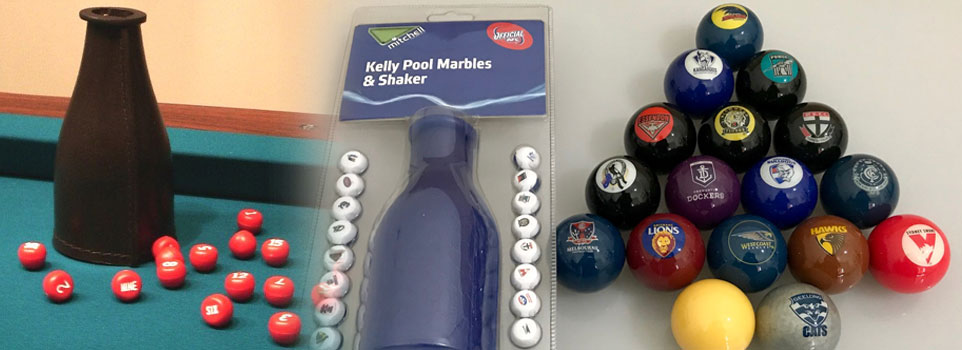It is possible that you may have known this game from a different name, peal pool, pill pool Keelay, Killy or the Keilley game. Regardless of the fact whatever you call this game, the rules of the game remain the same or in simple words, all these names are of one single game. According to an article that was published in the June 29, 1913 edition of the Chicago Tribune, this game was invented by Kelly Mulvaney.

However, even today, there are disputes regarding who is the real inventor of the game as there were several more people who claimed to be the inventor of this game. The reason of dispute is probably the fact that it is driven from sports like Snooker and Billiards have pretty much the same setup required as we have in Kelly Pools.
Object of Playing Kelly Pool
The object of the game in Kellyball is to pocket the ball with the same number as the pill which is given to you at the start of the game. Also, you are supposed to kill the opponent’s object ball by sinking it.
General Rules of Kelly Pool
- The total number of participants can be up to 15, equal to the number of pool balls.
- At the start of the game, the numbered markers (also known as peas or pills) are placed in a narrow-necked container (also known as bottle, pea bottle or kelly bottle). Then this bottle is shaken and numbers are randomly distributed among the players.
- The number a player randomly picks is actually the numbered object ball.
- All players are supposed to keep this number secret from their opponent.
- Then players have to legally pocket the assigned numbered ball.
- Once all players have got their numbers, the game begins by placing a standard set of 15 pool balls at the foot end of a pool table in a rack.
- The 1-ball sits on the foot spot, the 2-ball in the breaker’s right corner and the 3-ball in the breaker’s left corner. All other balls are placed randomly.
- Players are supposed to hit their object balls only with the cue ball.
- You can choose any way to determine who will take the first break.
- During the opening break, at least 4 balls must hit the rail.
- The first player to pocket his object ball wins the game.
- If a player pockets the wrong ball, it is considered a foul and the ball is re-spotted at the foot spot.
- Sending the ball off the table or hitting the wrong object ball is also a foul.
- If a player pockets his own object ball and another ball in the same turn, it is considered a foul and both balls are re-spotted on the pink spot.
- The Pyramid spot is known as Pink spot in Pool Kelly. It should be 23 inches from the foot rail and centred on either side.
- All fouls result in a loss of turn.
- Once you have potted the object ball, you can show the proof i.e. the object ball number you were given at the time of the draw.
- Since it is a casual sport, it is possible that you may find a few more rules or different rules regarding it. These are all possible rules that serve as the base of this game. Our research suggests these rules can be molded or a few of them can be subtracted, or even some more rules can also be introduced.
Time Duration
Time taken by a single Kelly Pool game can vary between 30 minutes to one complete hour. There are no time restrictions, the game ends when one of the players fulfills the winning conditions.
Equipment & Playing Field
Equipment required for Kellypool is a pool table, a standard set of object balls numbered from 1-15, a cue ball, a shake bottle and tally pease. These balls are of the same size used in pools and there are no written regulations regarding their size and weight.
The cue sticks used to hit the balls are also left on your convenience, as said before, the equipment required for Kelly Pool are the same as in traditional Pool.
Famous Kelly Pool Events
As per now, there is no such competitive or international level tournament solely dedicated to this game.
Governing Body
Since the game is not played at a higher level, there is no governing body for Kelly Pool.

